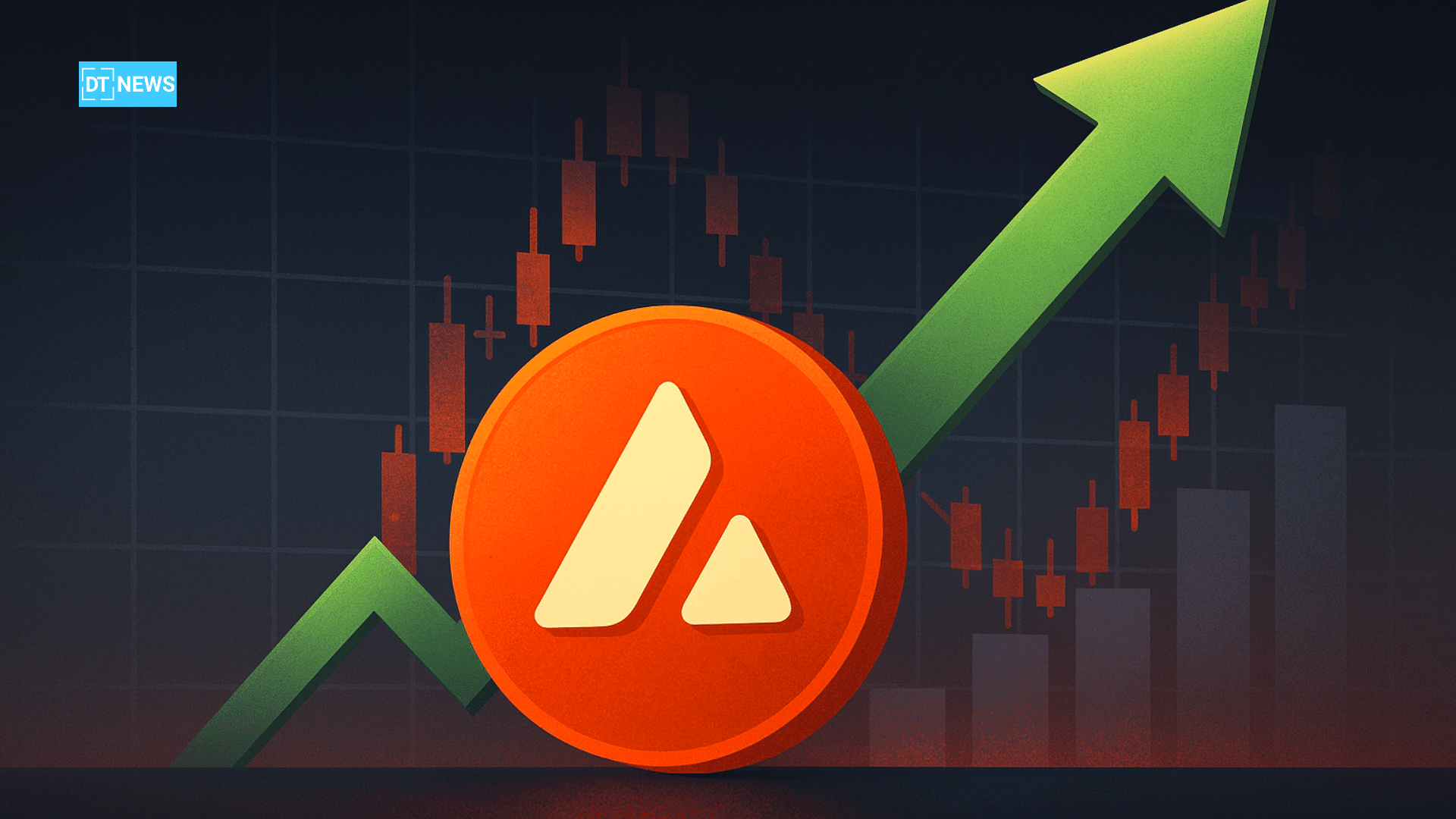 CaryptosHeadlines Media Has Launched Its Native Token CHT.
Airdrop Is Live For Everyone, Claim Instant 5000 CHT Tokens Worth Of $50 USDT.
Join the Airdrop at the official website,
CryptosHeadlinesToken.com
CaryptosHeadlines Media Has Launched Its Native Token CHT.
Airdrop Is Live For Everyone, Claim Instant 5000 CHT Tokens Worth Of $50 USDT.
Join the Airdrop at the official website,
CryptosHeadlinesToken.com
The first quarter of 2025 has been pivotal for the DeFi sector. Yield compression has become a significant feature across major lending platforms, but this doesn’t tell the whole story. The sector’s periphery paints a picture of continued evolution and growth, despite the compression at its core.
The vaults.fyi USD benchmark has dipped below 3.1%, sitting under the U.S. 1-month T-bill yield of approximately 4.3% for the first time since late 2023. Meanwhile, Spark has seen four consecutive rate decreases this year alone, starting at 12.5% and now sitting at 4.5%. Aave’s stablecoin yields on the mainnet are hovering around 3% for USDC and USDT, a level that would have been disappointing just a few months ago.
These drops reflect a market that has cooled significantly since the heady days of late 2024, with borrower demand across significant platforms becoming more subdued.
Despite the falling yields, there has been an extraordinary growth in major stablecoin vaults. The largest vaults on Aave, Sky, Ethena, and Compound have nearly quadrupled in size over the past 12 months, expanding from about $4 billion to about $15 billion in supply-side deposits.
This apparent contradiction of falling yields but increasing capital is indicative of growing institutional comfort with DeFi protocols as legitimate financial infrastructure, rather than high-risk speculation.
The rise of curators presents another significant shift in the DeFi lending landscape. Protocols like Morpho and Euler have introduced curators who build, manage, and optimize lending vaults. These curators are a new breed of DeFi asset managers who evaluate markets, set risk parameters, and optimize capital allocations to deliver enhanced yields.
Firms like Gauntlet, previously service providers to protocols like Aave or Compound, now directly manage nearly $750 million in TVL across several protocols. With performance fees ranging from 0-15%, this potentially represents millions in annual revenue.
The compressed environment has resulted in a distinct market structure. At the top, we have blue-chip infrastructure like Aave, Compound, and Sky, which function similarly to traditional money market funds. They offer modest yields with maximum security and liquidity and have captured the lion’s share of TVL growth.
Beneath them are the infrastructure optimizers and strategy providers. Platforms like Morpho and Euler provide modular infrastructure enabling greater capital efficiency, while specialized firms like MEV Capital, Smokehouse, and Gauntlet build on these platforms to deliver higher yields.
This two-tier relationship creates a more dynamic market where strategy providers can rapidly iterate on yield opportunities without having to build core infrastructure.
Despite the yield compression, Ethereum mainnet continues to host many of the top yield opportunities. Among mature chains, yields remain depressed across the board. Newer chains with substantial incentive programs, like Berachain and Sonic, show elevated yields, but the sustainability of these rates remains questionable as incentives eventually taper.
One of the most significant developments this quarter was Coinbase’s introduction of Bitcoin-collateralized loans powered by Morpho on its Base network. This integration represents the emerging “DeFi Mullet” thesis – fintech interfaces in the front, DeFi infrastructure in the back.
Looking forward, several factors could reshape the lending landscape through 2025. Democratized curation could enable everyone to become their own curator, while the continued evolution of real-world asset integration could introduce new yield sources. The scaling institutional comfort with DeFi infrastructure suggests growing capital flows that could alter lending dynamics.
It’s clear that DeFi is not standing still. Despite the yield compression at its core, the sector’s periphery is vibrant and evolving, suggesting that the protocols best positioned to thrive will be those that can operate efficiently across the risk spectrum.












